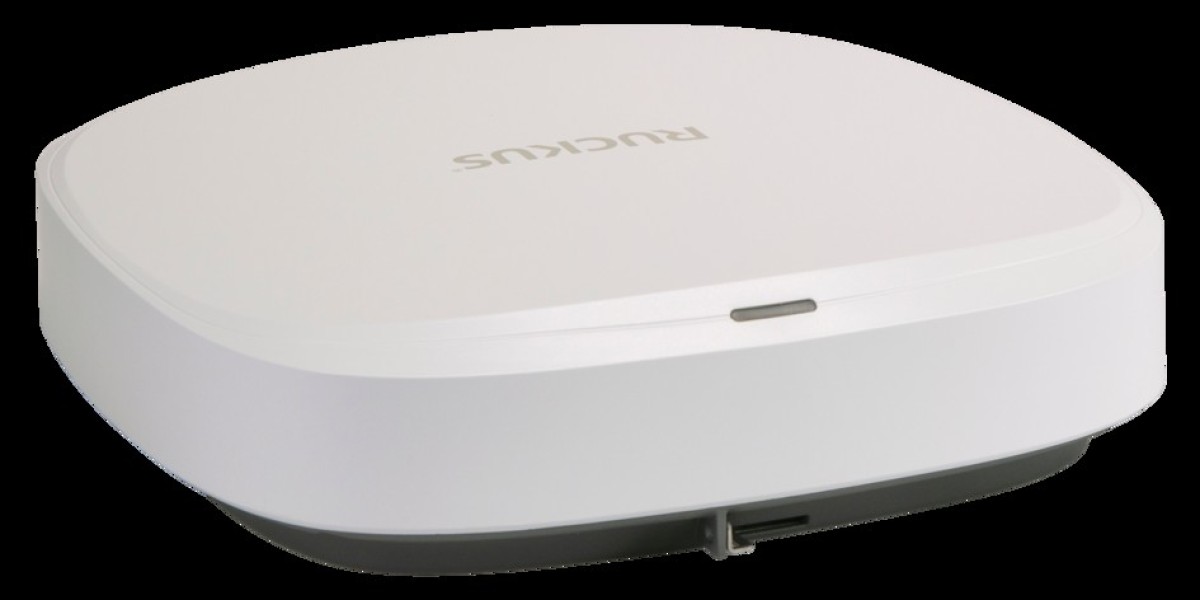Are you ready to experience the next level of wireless connectivity? WiFi 7 technology is here, and it's changing the game. With faster speeds, lower latency, and improved capacity, this new standard promises to keep your devices connected seamlessly. Whether you're streaming high-definition content, gaming online, or working from home, a WiFi 7 access point can elevate your internet experience. In this blog post, we'll dive into the advancements that make WiFi 7 so exciting and guide you in choosing the right access point for your needs. Plus, we’ll walk you through the installation process to ensure you're up and running in no time. Let’s explore what makes WiFi 7 an essential upgrade for any modern home or office!
Advancements and Features of WiFi 7 Technology
WiFi 7 technology introduces groundbreaking advancements that redefine connectivity. With speeds reaching up to 46 Gbps, it’s designed for ultra-high-definition streaming and lag-free gaming.
One standout feature is Multi-Link Operation (MLO), which allows devices to connect across multiple bands simultaneously. This means faster data transfers and improved reliability, even in crowded environments.
Another exciting enhancement is the introduction of Enhanced MU-MIMO (Multi-User Multiple Input Multiple Output). This ensures multiple users can connect without hindering each other’s performance. The result? Seamless browsing for everyone in your household or office.
WiFi 7 also leverages wider channels—up to 320 MHz—boosting overall network capacity dramatically. Coupled with advanced technologies like OFDMA (Orthogonal Frequency Division Multiple Access), this creates a more efficient way to manage bandwidth.
These features combine to deliver an experience that's not just fast but incredibly responsive, making WiFi 7 a game-changer for both personal and professional use.
How to Choose the Right WiFi 7 Access Point for Your Needs
Choosing the right WiFi 7 access point starts with understanding your space. Consider the size of your home or office and any obstacles that might interfere with signal strength, like walls or furniture.
Next, think about the number of devices connected at once. If you have multiple smart gadgets, streaming services, and users online simultaneously, look for an access point designed to handle heavy traffic efficiently.
Speed is another crucial factor. Different models offer various maximum speeds and bandwidth capabilities. Aim for a device that supports higher throughput if you need seamless video calls or gaming experiences.
Don’t forget security features as well. With an increase in connectivity comes potential vulnerabilities. Prioritize access points equipped with advanced encryption protocols to keep your data safe from threats.
Consider additional features such as mesh networking capabilities and compatibility with existing equipment to ensure a smooth integration into your tech ecosystem.
Installation and Set-Up Process for WiFi 7 Access Points
Setting up a WiFi 7 access point can be straightforward, but it does require some steps to ensure optimal performance. Start by choosing the right location for your access point. Ideally, it should be centrally located in your space to maximize coverage.
Once you have found the perfect spot, plug in the device and connect it to your modem using an Ethernet cable. This wired connection helps establish a strong backbone for wireless connectivity. Power on the access point and wait for it to boot up completely.
Next, you'll need to configure your network settings. Most manufacturers provide user-friendly mobile apps or web interfaces that guide you through this process. Follow these instructions carefully—setting up a unique SSID (network name) and password is essential for security.
After configuration, it's time to test your connection speed throughout various areas of your home or office. Use tools like speed tests or apps that measure signal strength; this will help identify any dead zones where additional equipment might be necessary.
Regularly updating firmware is also crucial as new updates often improve functionality and security features of WiFi 7 technology.
With proper installation and set-up, you’ll enjoy fast speeds and reliable connections throughout your space—making every online experience smoother than ever before!
For more info. Visit us:
Zero Trust Networks



